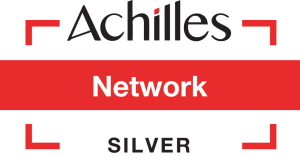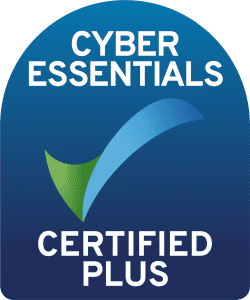Discover the Future of Cloud Security with Netskope

Experience Next-Generation Cloud Security with Netskope
Netskope, the SASE leader, safely and quickly connects users directly to the internet, any application, and their infrastructure from any device, on or off the network. With CASB, SWG, and ZTNA built natively in a single platform, the Netskope Security Cloud provides the most granular context, via patented technology, to enable conditional access and user awareness while enforcing zero trust principles across data protection and threat prevention everywhere. Unlike others who force tradeoffs between security and networking, Netskope’s global security private cloud provides full compute capabilities at the edge. Netskope is fast everywhere, data-centric, and cloud-smart, all while enabling good digital citizenship and providing a lower total-cost-of-ownership.
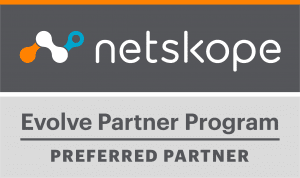

Our comprehensive service includes expert pre-sales consultation, professional implementation, and ongoing support to ensure your project is managed seamlessly from start to finish.
Achieve Unprecedented Visibility and Control with Netskope's Cloud Security Solutions
SASE (Secure Access Service Edge)
CASB (Cloud Access Security Broker)
SWG (Secure Web Gateway)
ZTNA (Zero Trust Network Access)
All-in-one platform that integrates multiple security functions natively
Fast performance and data-centric security
Cloud-smart solutions that promote good digital citizenship
Lower total cost of ownership for customers
Rapid Adoption Pack for Netskope
The Somerford Podcast:
Introduction to Netskope
Start your SASE Assessment to Discover Where you Stand on your Network Security Journey
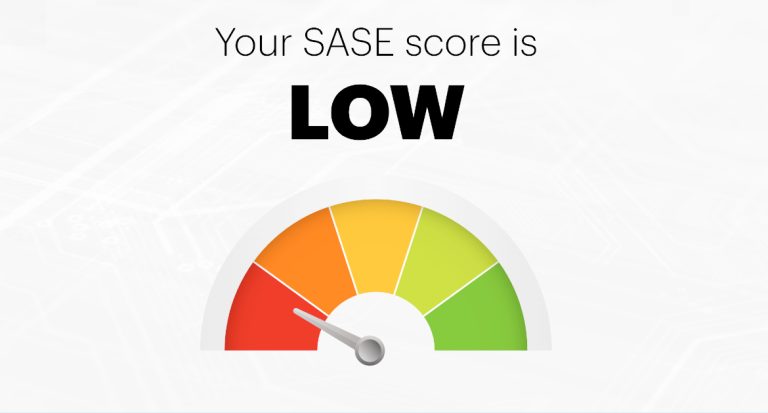
Netskope Cloud Risk Assessment
- Cloud apps by category, enterprise-readiness level, and risk
- Usage and data movement in sanctioned and unsanctioned apps
- DLP violations and data exposure
- Analysis of these items against your business concerns
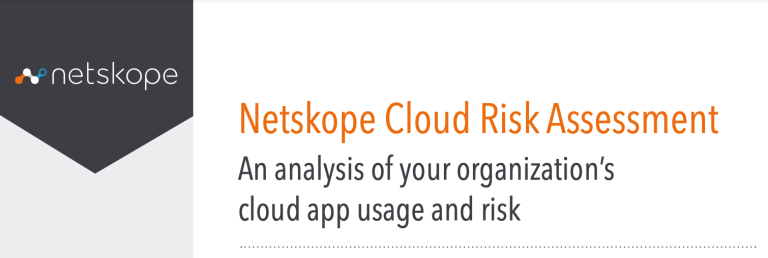
Netskope Explained Short Video Series
Dedicated Support Desk
That's why we offer top-of-the-line support through our Service Desk, which is available to both our valued customers and prospects involved in a proof of concept.

Netskope Case Studies
Discover how Netskope empowers customers with unprecedented visibility and security across cloud, web, and private applications.

